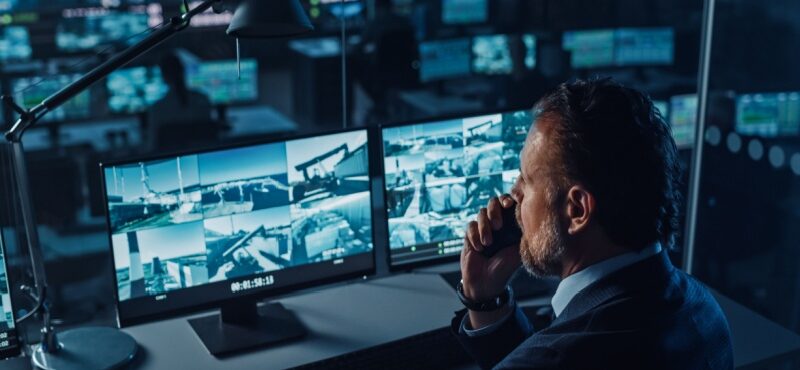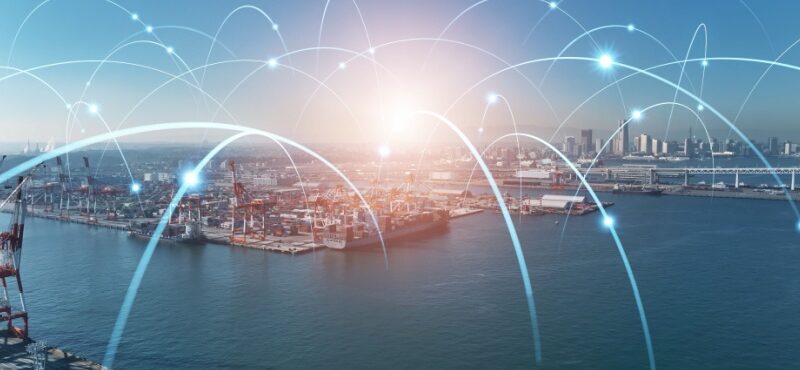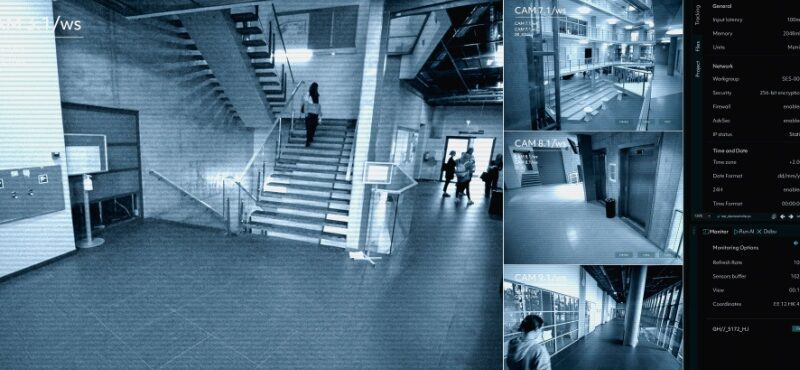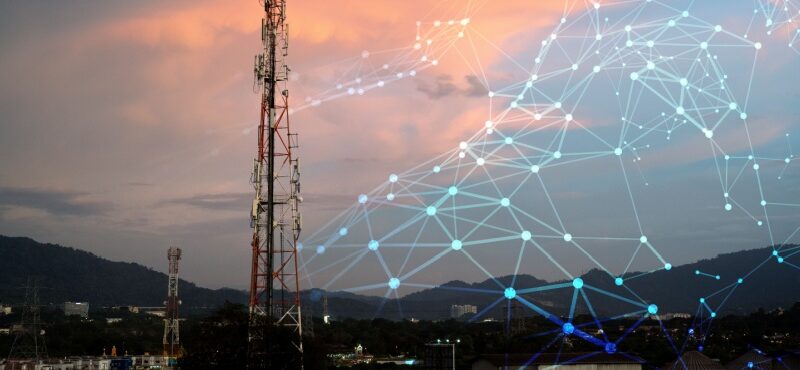Businesses face numerous risks that can result in financial losses, legal disputes, and reputational damage. Workplace accidents, fraudulent claims, employee misconduct, and theft are all potential liabilities that can disrupt operations. While preventive measures like training and strict policies help, video surveillance is one of the most effective tools for reducing liability and protecting a business from false claims, legal battles, and security threats.
Modern surveillance systems go beyond just recording footage—they provide real-time monitoring, incident verification, and documented evidence that can protect businesses from lawsuits and fraudulent claims. Whether you operate a retail store, office, warehouse, or restaurant, video surveillance plays a vital role in liability prevention by deterring criminal activity, ensuring employee accountability, and supporting legal compliance.
Preventing Fraudulent Claims
One of the most significant liability risks for businesses is fraudulent claims, including false slip-and-fall incidents, staged accidents, and exaggerated injuries. Without video evidence, businesses may struggle to disprove these claims, often leading to costly settlements or increased insurance premiums.
Video surveillance helps protect against fraud by capturing clear, time-stamped footage of incidents as they occur. If an employee or customer files a claim, recorded footage provides objective evidence to verify whether the claim is legitimate. This not only deters individuals from attempting fraud but also helps insurance companies and legal teams resolve disputes quickly.
Enhancing Workplace Safety and Compliance
Businesses are responsible for maintaining a safe work environment and complying with industry regulations. Surveillance cameras play a crucial role in monitoring workplace safety, ensuring that employees follow proper procedures, and identifying potential hazards before they lead to accidents.
For example, in manufacturing facilities, video surveillance can help ensure that workers wear protective equipment and follow safety protocols. In retail environments, it can monitor slip hazards or unsafe behaviors that might lead to injuries. If an accident does occur, recorded footage allows businesses to review the incident, make improvements, and demonstrate compliance with safety regulations, reducing the risk of legal action.
Reducing Employee Misconduct and Workplace Conflicts
Employee behavior can also contribute to liability risks, particularly in cases of harassment, theft, or workplace disputes. Without evidence, it can be challenging to determine what actually happened during an incident.
Video surveillance creates an accountability system by ensuring that employees are aware they are being monitored. This discourages inappropriate behavior, promotes professionalism, and provides documentation in case of disputes. Surveillance footage can serve as a neutral source of evidence in HR investigations, protecting both employees and the business from false accusations.
Protecting Against Theft and Vandalism
Theft, whether by employees or outsiders, poses a significant liability risk for businesses. Missing inventory, cash register discrepancies, or property damage can lead to financial losses and impact overall business security.
Installing surveillance cameras in strategic locations, such as entrances, exits, cash-handling areas, and stockrooms, deters criminal activity and helps identify perpetrators if a theft occurs. Additionally, visible security cameras discourage vandalism, preventing costly repairs and maintaining a professional business environment.
Strengthening Legal Defense in Liability Cases
When businesses face lawsuits related to workplace injuries, security breaches, or other disputes, having video evidence can be crucial in proving innocence and avoiding costly settlements. Surveillance footage provides a factual record of events, making it easier to defend against liability claims and present evidence in court.
For example, if a customer alleges they were injured on your property, video footage can clarify whether the business was negligent or if the claim is unfounded. This level of documentation is invaluable in protecting businesses from unjust legal actions.
Choosing the Right Surveillance System for Liability Prevention
Not all surveillance systems are created equal, and selecting the right one for your business is essential. High-definition cameras, cloud storage, motion detection, and remote access capabilities enhance a system’s effectiveness in capturing clear and usable footage.
Additionally, integrating video surveillance with other security measures, such as access control systems and alarm monitoring, provides comprehensive protection. Businesses should also ensure compliance with privacy laws and establish clear policies on video monitoring to avoid potential legal concerns.
A Proactive Approach to Business Protection
Investing in video surveillance is one of the most effective ways to reduce liability, prevent fraud, and protect your business from financial and legal risks. By providing real-time monitoring, clear documentation, and enhanced security, surveillance systems help businesses deter crime, ensure workplace safety, and defend against legal claims.
For businesses looking to implement a reliable video surveillance system, Highland Wireless offers advanced solutions tailored to your needs. Contact Highland Wireless now to explore how our technology can safeguard your business and provide peace of mind.





